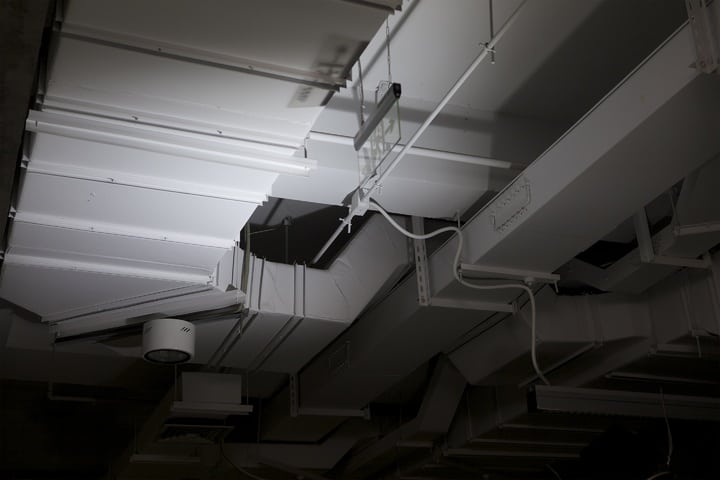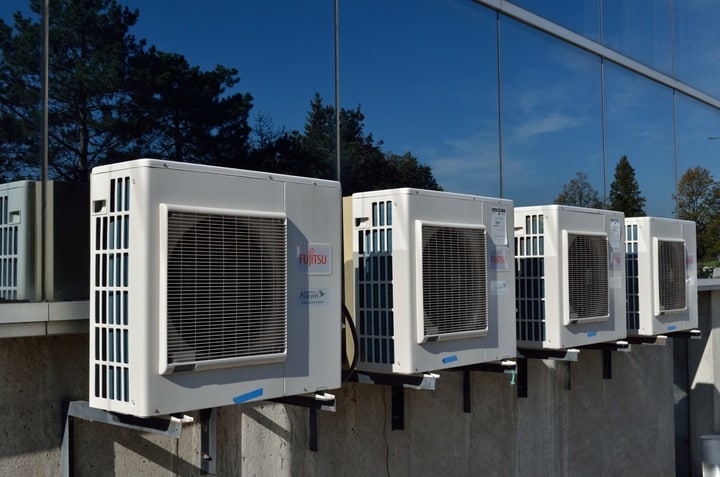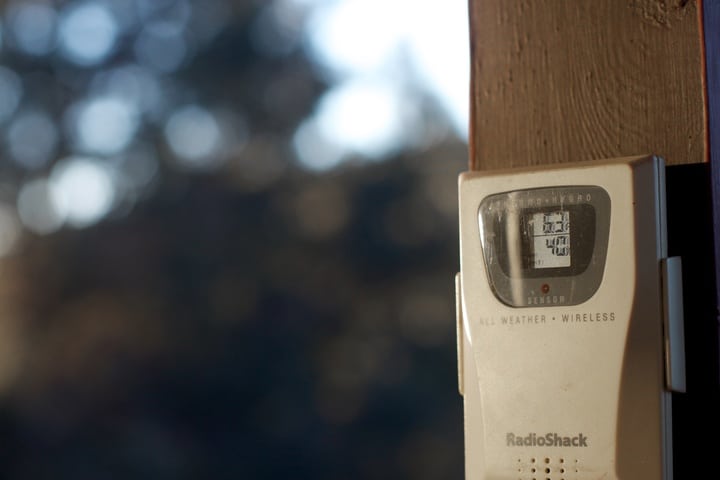
Air Conditioning Options for Old Houses
Old homes and modern air conditioning seem to contrast, but there are options!
When renovating an older home for modern living, adding modern conveniences can prove challenging. A prime example is an air conditioning system.
Aside from overcoming ductwork challenges and figuring out how to upgrade HVAC systems without harming the charm of your old Buckhead home, experts have to face numerous obstacles.
That notwithstanding, air conditioning options do exist for old houses. There are a couple of things to consider before embarking on the project. These tips are provided by Derek Dawson of Dawson Property Management, who has experienced this issue many times during his career.

- You may need a larger electrical supply. Modern HVAC systems will overpower a home that’s equipped with a 110-V service.
- You can do without ducts. Believe or not, modern HVAC systems can operate without ducts. Whether you use high-velocity equipment or unobtrusive ductless systems, contractors can keep ductwork to a minimum.
- Proper sizing is crucial. During installation, much of the project’s success depends on how well your contractor has sized the system. Big systems will create challenges when it comes to humidity control, and small systems may end up over-working and having a shorter life-span.
- Your contractor must be creative. Older homes were built before modern HVAC existed. Thus, you’ll need contractors that can get around the challenges posed.
With that in mind, now let’s look at the air conditioning options available for older houses.
High Velocity Systems
A high-velocity, mini-duct HVAC system can bring an old house up-to-date with minimal damage to its historic fabric. Some of the benefits that these high velocity systems provide include:
- Flexible installations. A high velocity system uses small outlets designed to mesh with the current home’s aesthetic. This means that you don’t have to drill any holes or worry about streaks and stains left behind from metal ducts.
- Less draft. High velocity systems use suction to cool a room. Therefore, unlike traditional systems, heating and cooling tend to be less drafty.
- Few alterations. High velocity HVAC systems use flexible ducts that can be installed anywhere.
Ductless Mini Splits

A ductless mini-split air conditioner works like a regular central air conditioner but without the ducts. Like central systems, mini splits have two main components: an indoor air-handling unit, and an outdoor compressor/condenser.
There are many benefits to choosing a ductless mini-split system for your home. They include:
- Air quality improvement. By choosing a ductless option, you can eliminate a substantial number of particles in the air that affect your home’s air quality.
- Ductless options require little installation. Ductless air conditioners take significantly less time to install and require little modification to your home. On the other hand, large duct options require significant upheaval in your home, impeding your daily routine.
- Silent operation. Major parts of a ductless air conditioner unit are placed on the exterior of your home. As such, they won’t distract your ability to relax or work at home.
- Better for the environment. Each component uses significantly less energy than their more traditional counterparts.
VRF Systems

VRF stands for variable refrigerant flow. It works by simultaneously cooling and heating different zones in a building. They are one of the best modern air conditioning options for old houses.
Here are some of the benefits of VRF systems:
- Fewer breakdowns. Inarguably, one of the big benefits of a VRF system is they tend to break down less frequently.
- State of the art controls and smart technology. You can actually use your mobile device to set temperature settings in different zones.
- Heat and cool simultaneously for zoned heating and cooling. VRF systems capture heat recovered from the cooling process and can redistribute this excess heat to an area that requires heat.
- Installation flexibility. Water pumps, hefty pipes to circulate fluids and distribution fans aren’t required for its operation. Essentially, there’s no need to tie up space for a large maintenance room or service shaft.
- Energy efficiency. A VRF system is able to capture heat as part of the cooling process and channel it to other locations in the building, which may need heating.
It’s now easier to retrofit older homes with increasingly compact air conditioning systems. With these three options, you can renovate your older home for modern living without spoiling the character of your charming old house.
If you have further questions please reach out through our website or simply give us a call at (336)627-4989.

